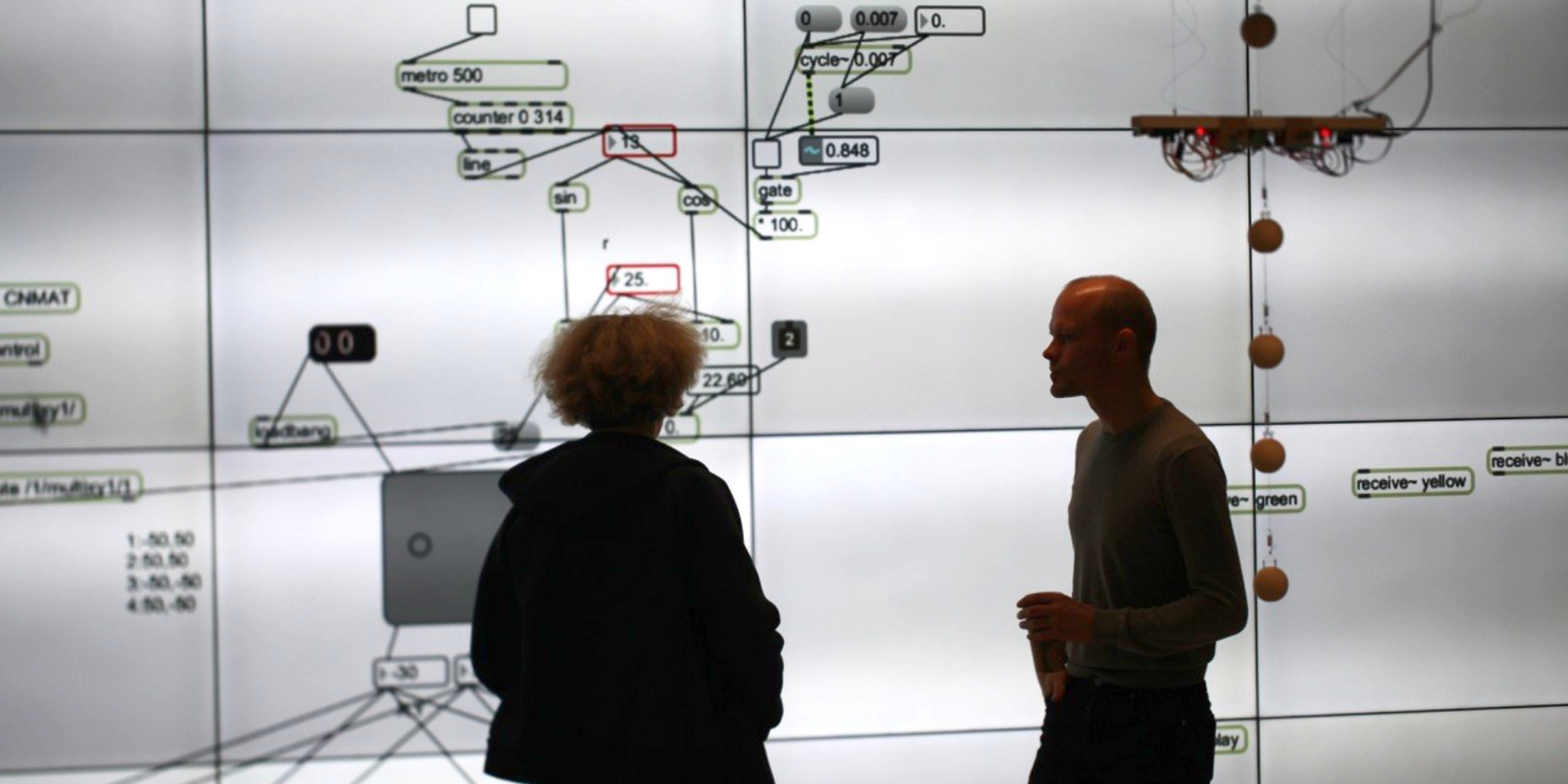In 2019, not only is Ars Electronica celebrating its 40th anniversary, but one of the most important schools of design is also celebrating its founding in 1919: 100 Years of Bauhaus. Ars Electronica has invited the Bauhaus University Weimar to join the Ars Electronica Campus as a partner university in order to celebrate together, pause and reflect on what has happened socially in these past decades, where we stand today and where we want to go. Students, lecturers and alumni from Weimar under the guidance of Professor Ursula Damm accepted the invitation to present themselves at the Ars Electronica Festival not only with the exhibition “Shared Habitats”, which will be on show in the premises of the University of Art and Design Linz, but also contribute two panels to the festival program. They share with us their guiding principle: “We are not alone!”
100 Years of Bauhaus – where does Bauhaus stand today and what does this anniversary mean for you as well as for the public?
Ursula Damm: In Weimar, the Bauhaus buildings themselves invite both teachers and students to reflect on the Bauhaus tradition. By reestablishing the Bauhaus University after reunification, we opted for a project-oriented study beyond the ” master” concept or a special craft training and developed it in this sense. The emancipation of human beings from their natural embedding, towards self-determination, is continued here and of course discovers their limitations today: human artefacts produce scenarios that serve visions, but at the same time change our environment, our surroundings and even threaten them in an unintended form. For us, 100 Years of Bauhaus does not simply mean joining a Modernism critique, but making practical suggestions on how design and art can practice openness today: Strengthening oneself for sensitivity and sensuality as a basis for decisions, for planning technology.
As grandchildren of the Bauhaus, we recognize that our role is changing: We no longer live the ingenious execution of the hero who shapes the world in a state of intuition. Here we meet Lazlo Moholy-Nagy again today, who 100 years ago complained that humans have lost their diverse sensual as well as technical abilities through modern production conditions. Moholy-Nagy wanted to reposition people in everyday life with the help of art practices: “In a constant struggle with his instincts, he is raped by external knowledge,” says Lazlo Moholy-Nagy in his book “From Material to Architecture”. Understanding his statement as an impulse, we would like to recapitulate which forms of cultural shaping we would like to live today.

What does “We are not alone!” stand for?
Ursula Damm: We artists and designers work with highly differentiated digital tools. Anyone who is familiar with these tools knows the difficulties of creating in the synthetic worlds a dense atmosphere equal to the analogue world.
A previously unknown loneliness had settled in computer-generated artefacts, speaking of the fact that to this day we have not yet grasped the totality of the atmosphere surrounding us, or even its essence, so that we could adequately understand and reproduce it. This loneliness is compensated for by virtual contacts to people via virtual networks. The work on the computer and in the web reinforces the human and our cognitive horizon, while other forms of sensual-metaphysical communication are suppressed. We ourselves and our agenda as well as human concerns form the civilization into which we have designed ourselves. We are not alone! comforts and warns: it promises an answer of the ecosphere – animals, plants, cosmos, which speak to us in well-known ways – just like it warns that we still understand far too little about this very ecosphere. Just as we overlook many other people who do not live in our culture, our sphere of life, or our social class. And it reminds us that the world does not end with the earth or even our own limited field of vision. At the same time, the title points out to the fact that our technologies are not passive tools that we use with our hands. Rather, they have mutated into co-creative players who make predictions, make decisions, and not only generate but also implement their own proposals for action. We are not alone!
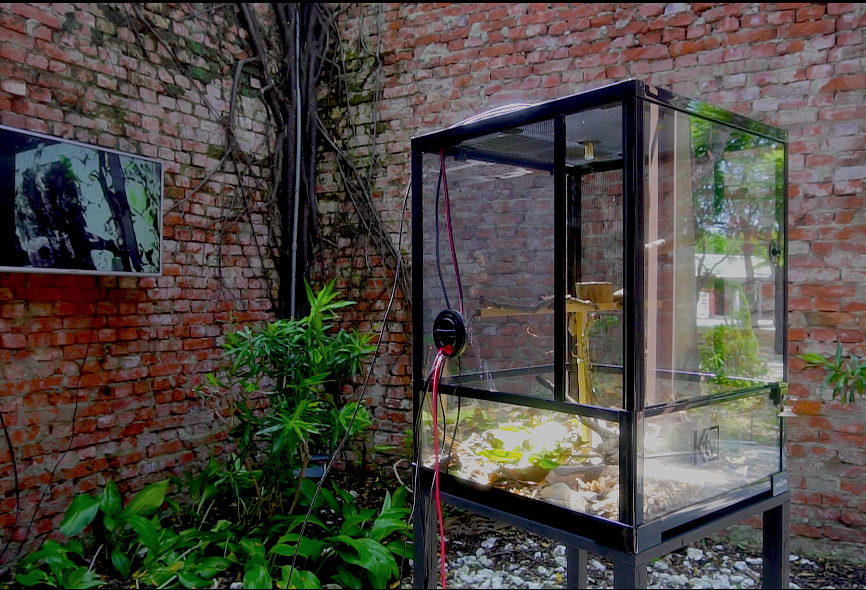
The exhibition itself will be called “Shared Habitats”. What exactly can we see and what projects can we expect?
Ursula Damm: The exhibition “Shared Habitats” examines the influence of technologies on socio-cultural processes and encourages encounters between people and other beings. The 16 digital, biological and interactive works focus on the location of organisms in their environment, the effects of humans on their habitats, interactions between human and non-human organisms, and human-machine relationships.
In the digital and biotechnological age, countless tools and software already contain pre-formulated models of humans, acquired on the basis of stochastic processes. Shared Habitats attempts to circumvent these preconceived models of the human and instead create worlds for the human being, her counterparts, and a common environment allowing direct exchange among varied beings. Thus, we establish processual development of evolving feedback processes between the respective agents. This approach should help to confront a world of predefined techniques and preconceived knowledge with a holistic experience permeated by artistic research. As a working hypothesis, the exhibition proposes expanding sensory perception with the help of technical objects and adapting it to the stimulus sphere of the other being.

In my own artistic practice I have been researching the behavior of mosquitoes for years. The shown work “Drosophila Karaoke Bar” is an example for the themes of Shared Habitats. The installation invites visitors to immerse their voices in the world of fruit fly songs and to try to sing a common “song” with these beings, however it may sound. Freya Probst’s work is the result of a series of experiments with plant roots as a new material for design. In her installation “rhizomes” one can see how garments literally grow over the festival period. In “Growing Geometries – tattooing mushrooms” Theresa Schubert attempts to create simple visual forms through natural processes. The anthropocentric gesture of tattooing brings the mushroom closer to mankind and helps to translate a growth process into an aesthetic experience. With a completely different approach, Stephan Iserman shows our questionable treatment of so-called farm animals. In a VR environment, one can take on the role of a pig experiencing the hopeless path through a slaughterhouse. The range of the shown works is therefore very diverse.

Thus, our exhibition moves away from a traditional exhibition setting of an art-observer binary by enabling a sphere of a shared “environment”.
We are pleased to present our most comprehensive exhibition so far, Shared Habitats, as part of the Ars Electronica Festival at the University of Art and Design Linz. Further works by students, alumni and teachers are from Julian Chollet, Ursula Damm, Maria Degand and Leon-Etienne Kühr, Maike Alisha Effenberg, Mindaugas Gapševičius, Jan Georg Glöckner, Kristian Gohlke and Christian Wiegert, Rico Graupner, Stephan Isermann, Sebastian Kaye, Michael Markert, Freya Probst, Homero Ruiz, Michael Markert, Maria Antonia Schmidt and Alexandra Toland.
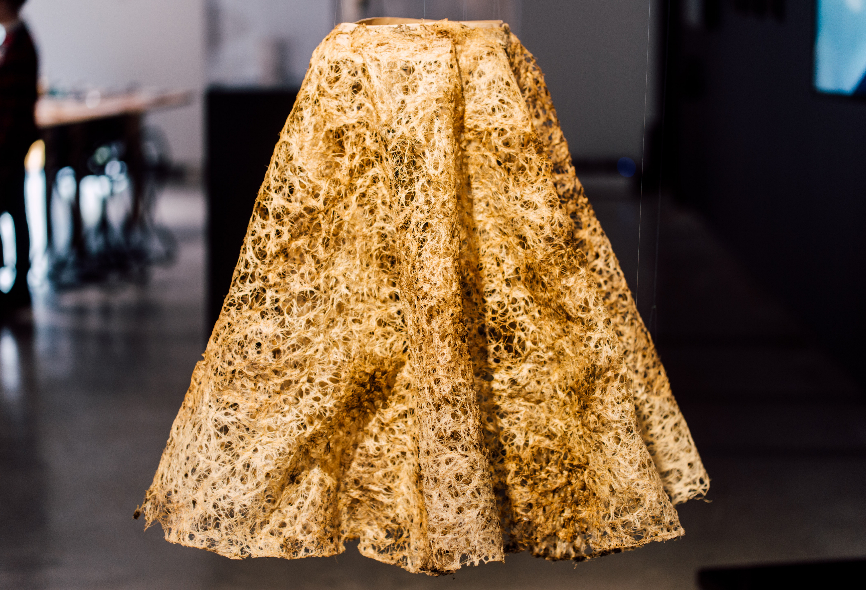
In addition to this major exhibition, other projects will be shown in Linz. Can you tell us more about that?
Ursula Damm: Additional works from the Digital Bauhaus Lab of the Bauhaus University Weimar, the Chair of Interaction Design and the Chair of Experimental Radio will be on display, to be tried out interactively and to be heard. Jörg Brinkmann’s work “Simulation” was created during his studies but has become even more relevant over the years: the hybridization of identity, the absence of reference to news, seems to be a more contemporary topic today than at the time of production. With “Alter Ego (Version II)”, Moritz Wehrmann presents a work from his bachelor’s degree that has simultaneously made its way into art and science: museum exhibitions and a Nature publication are the stages, to my knowledge the first art installation to successfully build up this tension. Furthermore, installations and devices by Timm Burkhardt, Max Kullmann, The Center for Haptic Audio Interaction Research (CHAIR), Rachel Smith and Hannes Waldschütz will be shown at POSTCITY.
In addition, a showcase of the Chair of Experimental Radio offers the possibility to listen to outstanding audio pieces by students (radio plays and features) at a mobile listening station as well as to participate in the daily staged performance of the artist Tommy Neuwirth “The Network for an Unconditional Basic Income”.
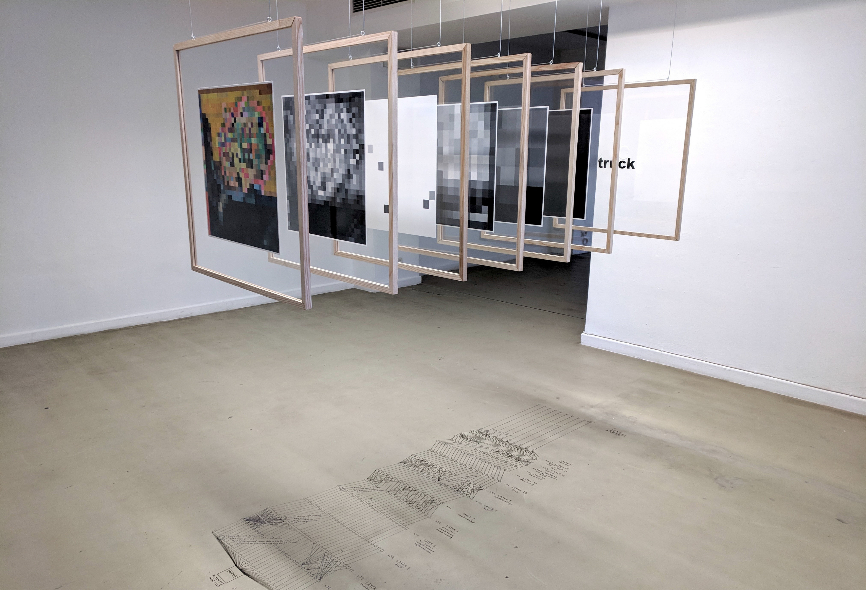
There will also be a discursive format. How does it look like and which questions does it deal with?
Ursula Damm: The Bauhaus University will contribute discursively and theoretically with two panels. As a conceptual starting point, the panel “We are not alone!” will take place on the opening day. Current teaching methods will be discussed regarding the background of the Bauhaus tradition as well as the influence of technological progress and the resulting social implications. Teachers from various disciplines will explain approaches that have been developed from the encounter between art and theoretical knowledge at art academies. The focus is on new beginnings and visions as they manifest themselves 100 years after the euphoria of the Bauhaus. Participants are Frank Eckardt, Lasse Scherffig, Alexandra Toland, Georg Trogemann and Yvonne Volkart.
In a second panel, students of the artistic PhD program at Bauhaus University Weimar critically and performatively question the concept of the algorithm. The title of the panel organized by Alexandra R. Toland is “slow algorithms and the hazards of standardization”. Participants are Vanessa Farfán, Daniel Franke, Gabriel S. Moses and Theresa Schubert.
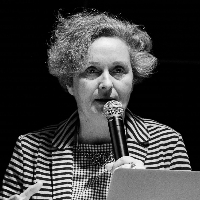
Ursula Damm studied Sculpture at the Kunstakademie Düsseldorf and Media Art at the KHM Cologne. She designs living and interaction spaces using geometries – increasingly incorporating media dispositives. Aspects of the social coexistence of people and animal communities as well as their habitats form collective structures whose planning is treated as a cultural and philosophical task in her works. Since 1985 exhibition activities in art institutions, festivals and international thematic exhibitions. The underground station Schadowstrasse/Düsseldorf is her first permanent, interactive installation in public space. Scholarships and fellowships at the Cité des Arts Paris, Marseille, Milan, New York, Helsinki and Rotterdam; 2014 guest artist of the Visual Arts Department of the UCSD San Diego. As Professor of Media Environments at Bauhaus University Weimar, Ursula Damm has established a performance platform and a DIY Biolab. www.ursuladamm.de https://www.uni-weimar.de/de/kunst-und-gestaltung/professuren/media-environments/.
The exhibition “Shared Habitats” can be seen at the Ars Electronica Festival at the University of Art and Design Linz from September 5 to 9, 2019. Further projects and the panel “100 Years of Bauhaus – We are not alone!” can be visited in the POSTCITY. Consult our website for details.
To learn more about Ars Electronica, follow us on Facebook, Twitter, Instagram et al., subscribe to our newsletter, and check us out online at https://ars.electronica.art/news/en/.
